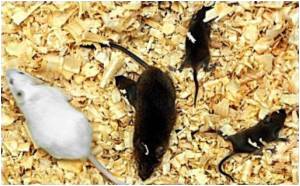A new analysis of mummies has revealed that a tiny-wormlike parasite, Schistosoma mansoni that plagues people worldwide, also infected ancient Africans.

"Before this study, it was always assumed that S. mansoni was a product of modern urbanization," the National Geographic News quoted study co-author George Armelagos, an anthropologist at Emory University in Atlanta, as saying.
Since the discovery of parasite eggs on mummies in the 1920s, scientists had suspected that the Nubians might have been infected by schistosomiasis. But researchers generally assumed that the disease in Nubians had been caused by S. haematobium, a close cousin of S. mansoni.
Campbell Hibbs, study first author, and colleagues examined hundreds of naturally mummified Nubian mummies at Emory.
An analysis of the mummified skin revealed traces of proteins belonging to S. mansoni-the first proof that the ancient Nubians, or any ancient civilization, were afflicted by schistosomiasis.
The research will be published in the American Journal of Physical Anthropology this month.
Advertisement








